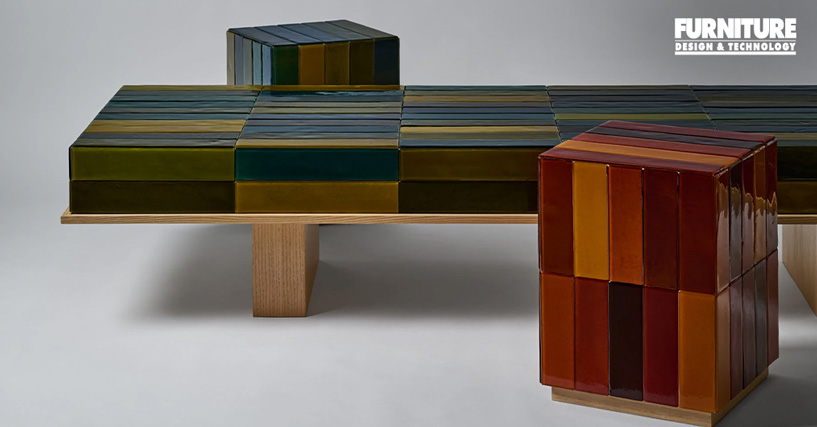
Microalgae, microscopic photosynthetic organisms, have existed on Earth for approximately 2.7 billion years. Found abundantly in environments as diverse as oceans, rocky surfaces, roadside puddles and even household interiors, microalgae have played a crucial ecological role by contributing to the planet’s oxygen levels and supporting biodiversity. While scientific research has long focused on their applications in areas such as carbon dioxide absorption, biofuels, pharmaceuticals and nutritionally enhanced foods, a less explored but equally promising aspect is their natural colour-producing properties. The project SO-Colored, developed collaboratively by Japanese design studio We+ and biotechnology company Algal Bio, sets out to investigate and celebrate this vivid, natural chromatic potential. Know more about it on FURNITURE DESIGN AND TECHNOLOGY (FDT).
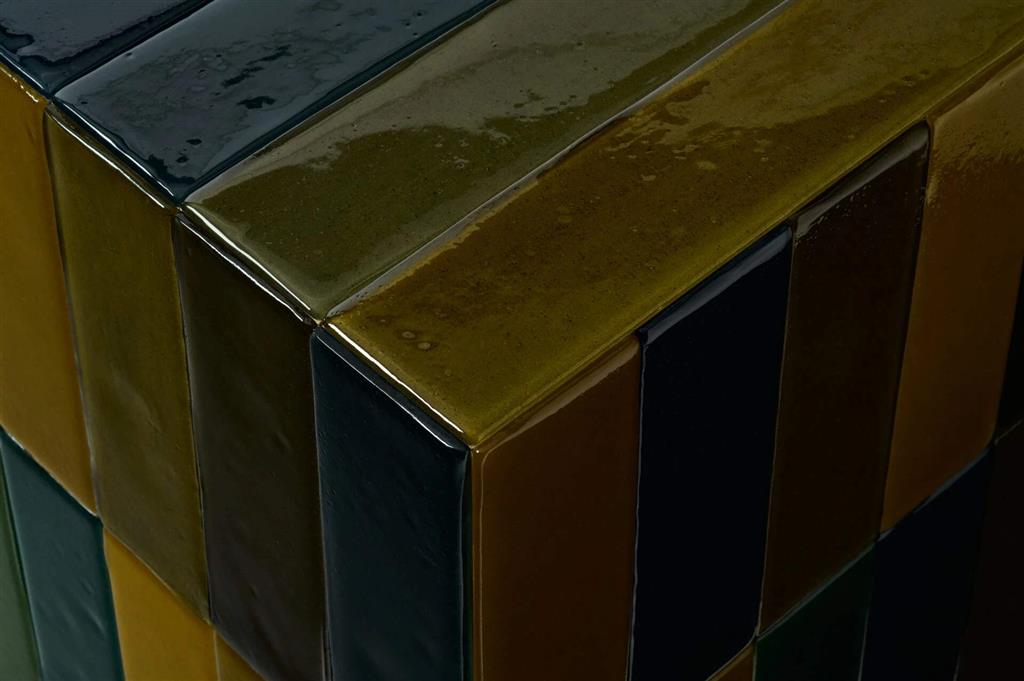
Unlike synthetic dyes that dominate the contemporary colour industry, microalgae can produce a surprisingly wide and rich palette. Although they are most commonly associated with the colour green, various species and specific growth conditions allow algae to yield vibrant reds, blues and yellows in addition to diverse green tones. These colours are uniquely intense and organic, offering a distinct alternative to artificially produced pigments.

In SO-Colored, We+ and Algal Bio transform this biological marvel into a tangible design material. The project uses powdered microalgae, cultivated and processed in Algal Bio’s laboratories, and blends it with natural, plant-derived resins to create a striking new material. This blend is then fashioned into colourful, high-gloss tiles, which are used as cladding for a range of custom-designed furniture pieces. The resulting objects include stools, chairs, shelves and benches, along with more sculptural forms. These were exhibited at Galleria Rubin during Milan Design Week, showcasing both the aesthetic and ecological promise of this sustainable material.
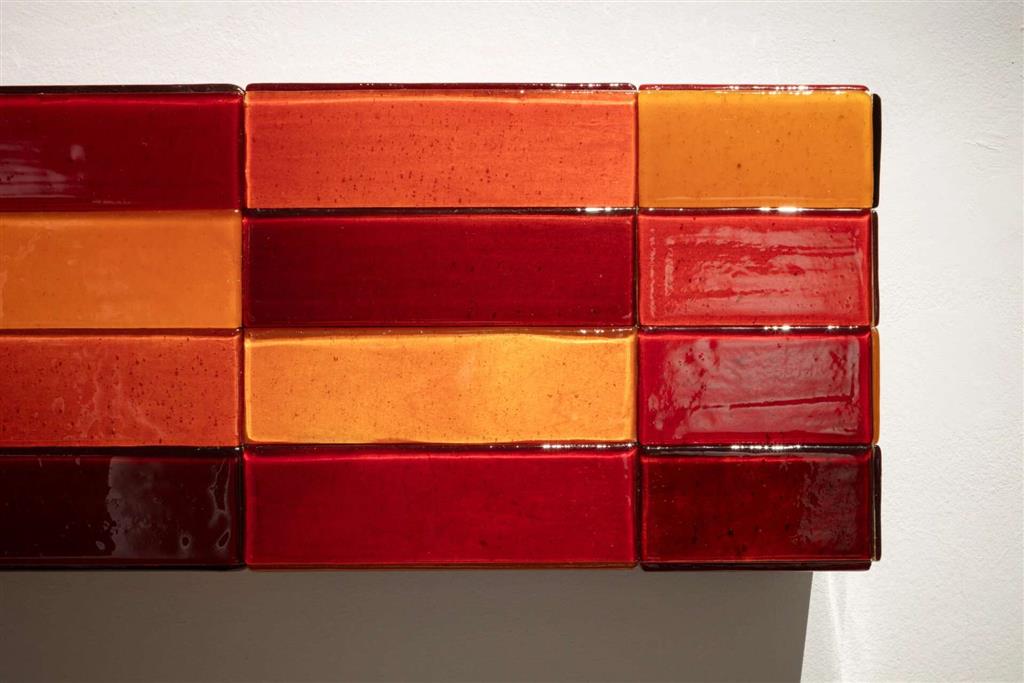
Each tile’s colouration is directly influenced by the specific microalgae species and the environmental conditions under which they are grown. Once harvested, the algae are dried and ground into pigments. These are then incorporated into a resin-based glaze, which is applied to a timber substrate to create the final tile. The outcome is a series of exquisitely hued tiles that reflect not just nature’s diversity, but also its adaptability.
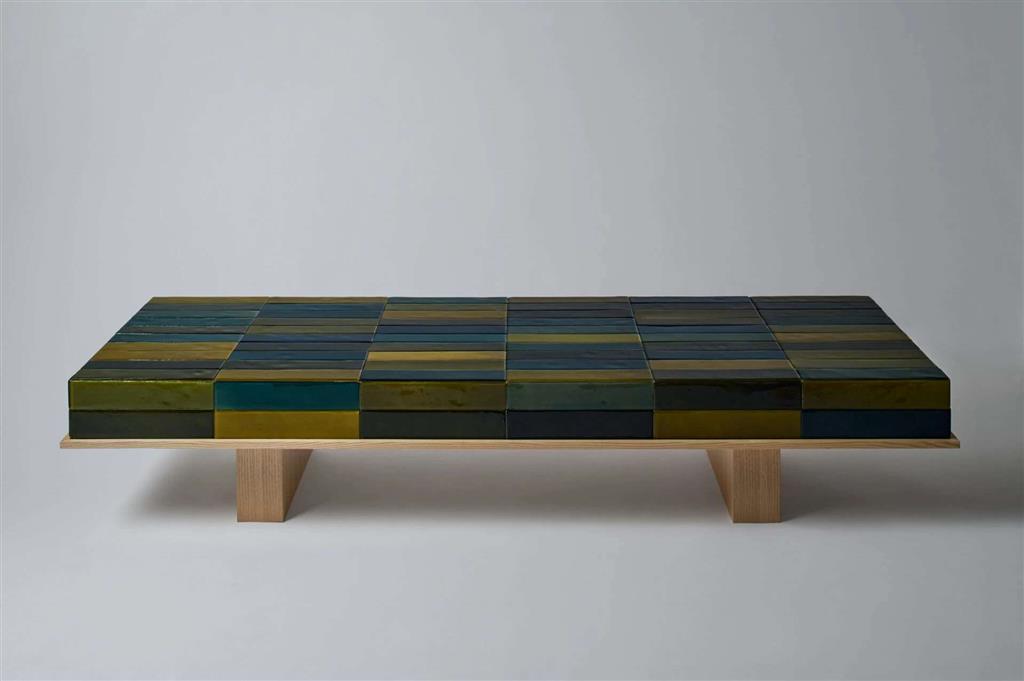
The SO-Colored initiative underscores We+’s broader design ethos, which centers around experimental, research-based practice. By working with microalgae, the team offers a compelling alternative to synthetic materials, reimagining how colour can be both sustainable and deeply expressive.
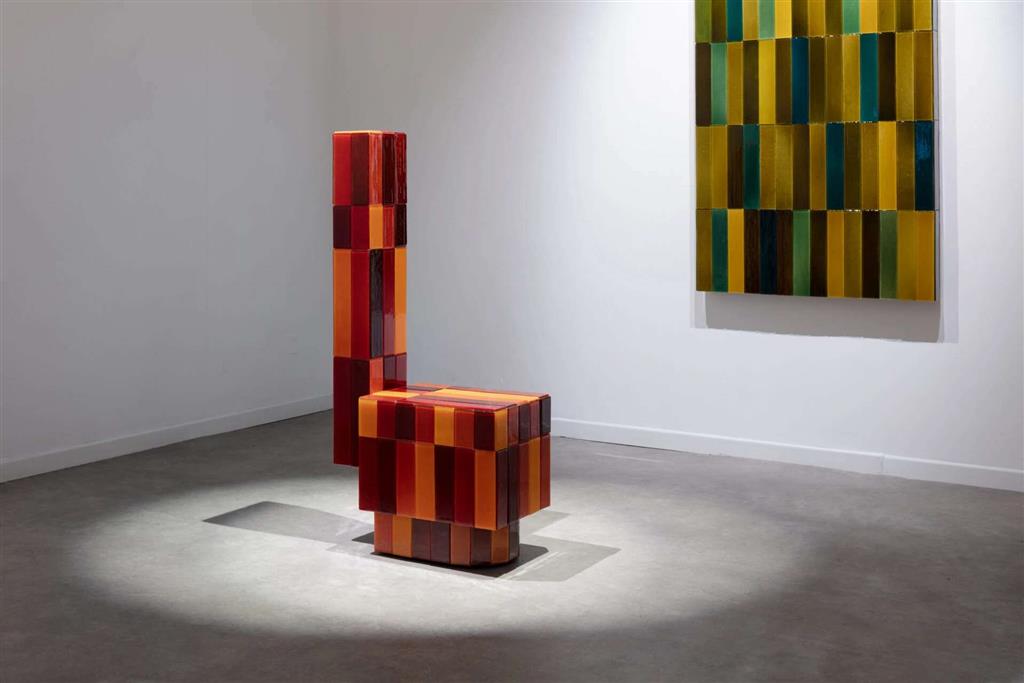
Photographs: Masayuki Hayashi; Courtesy: We+
Furniture Design India and the magazine FURNITURE DESIGN & TECHNOLOGY (FDT magazine) are from the trusted 22-year-old media house of SURFACES REPORTER and PLY REPORTER.
FDT is a B2B monthly bilingual magazine from India that shares the pulse of the furniture business in India and connects the manufacturers, OEMS, product designers, architects, showrooms, designers and dealers.
Read More© 2025 Furniture Design and Technologies.. All Rights Reserved. Developed by eyeQ Advertising